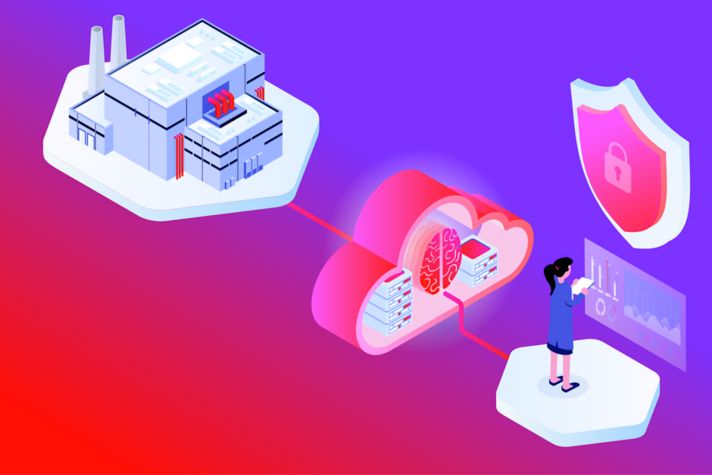-
 Global
Global-
Africa
-
Asia Pacific
-
Europe
-
Latin America
-
Middle East
-
North America
- |
- BUSINESSES
- |
- Contact
- |
-
 Global
Global-
Africa
-
Asia Pacific
-
Europe
-
Latin America
-
Middle East
-
North America
- |
- BUSINESSES
- |
- Contact
- |
You are browsing the product catalog for
You are viewing the overview and resources for
- News
- 5 Superhero Powers of Smart Buildings
5 Superhero Powers of Smart Buildings
It’s a bird, it’s a plane… it’s a super-building! With AI, a structure with walls and a roof can become extraordinary.
Artificial intelligence gives buildings the power to do more.
Look at how technology gives buildings superpowers:
X-ray vision
We make a lot of educated guess about how buildings are utilized. Technology will eliminate that guess work and give us answers.
Smart buildings use sensors and Internet of Things (IOT) devices to see through walls. That allows building operators to react to how people move through the building – from where people go, to how close together they are to how they’re using rooms and areas. This gives us the insight to make smart decisions around space utilization, comfort control, social distancing, traffic control and more.
Precognition
One of the biggest villains within a building is a broken system. That can lead to productivity loss and wasteful costs. Smart buildings use AI and machine learning models to peer into the future. We can detect problems in real-time and make informed predictions, giving us the foresight to take a more proactive approach to maintenance
Telepathy
Buildings are a collection of systems that don’t talk to each other because they don’t speak the same language, making it difficult to aggregate data and make decisions in a meaningful way. Smart buildings tie those systems together into a common language so we can read their minds, revealing a clearer picture of the environment so we can make real-time decisions.
Mind Control
Smart buildings use IOT and AI to automate many systems, removing the need for manual operation. Air conditioners magically come to life, devices shut down when they break and people can be dispatched to fix a problem as soon it occurs.
Telekinesis
Data is essential to understand and navigate building operations and the process of collecting this information makes it difficult to measure performance from building to another, across an enterprise. Connected buildings can aggregate data from anywhere, including remotely, leading to insights.
Copyright © 2025 Honeywell International Inc.




